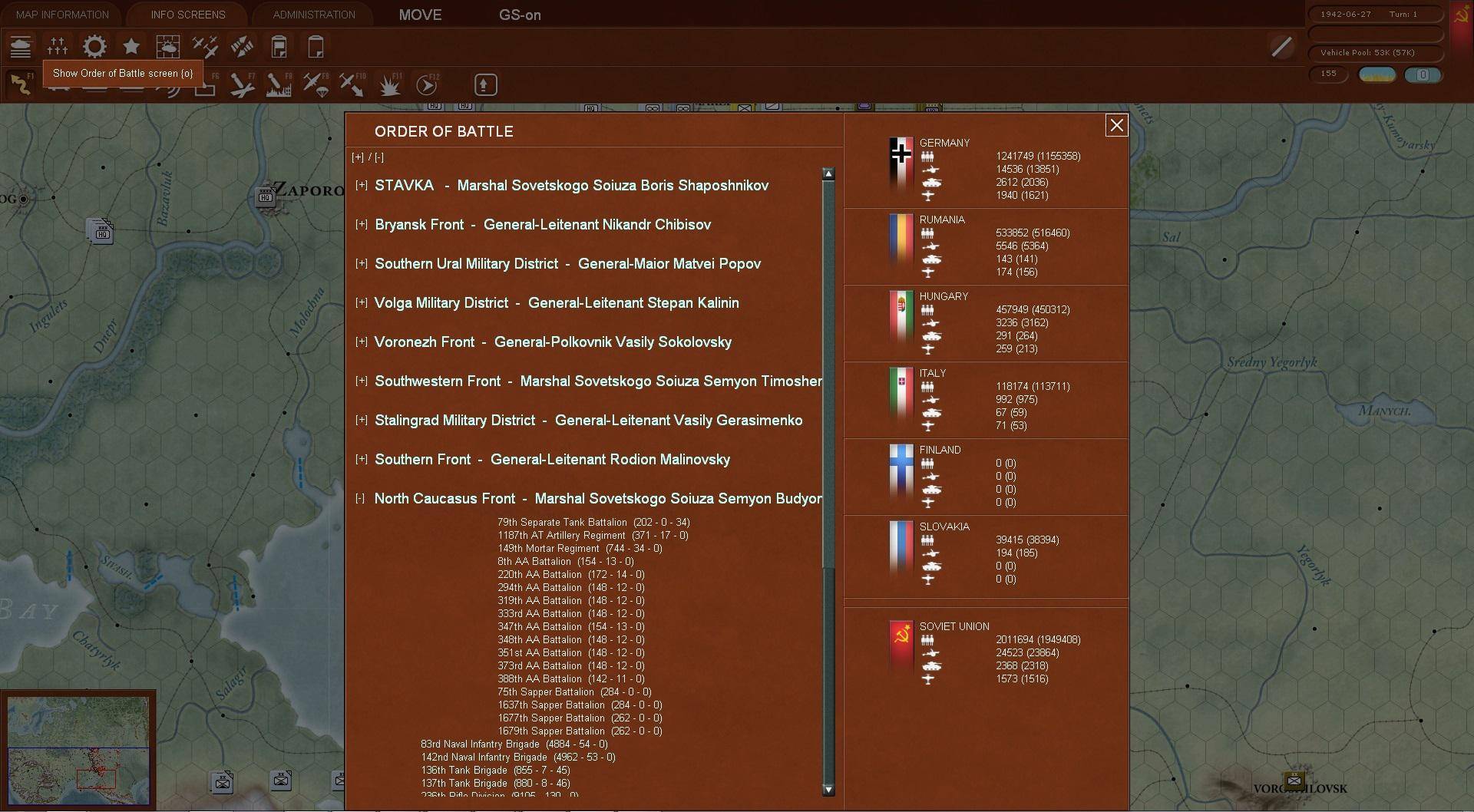ICT (Professional English in Use) ICT Professional English in Use Professional English in Use ICT is part of a new series of Professional English in Use titles from Cambridge University Press. These books offer vocabulary reference and practice for specialist areas of professional English. ICT stands for Information Communications Technology, and describes the technologies we use in our daily lives to communicate. It is designed for intermediate to advanced level learners who need to use the English of computing and the Internet for study and work. The book contains 40 thematic units plus one introductory unit, the answer key to the exercises and an index, which lists all the words and phrases introduced in the book. The topics go from computers today to computers tomorrow: •.
If looking for the book by Michael S. Minor, Donald A. Ball, Jeanne M. McNett, Michael Geringer International Business: The Challenge of Global Competition: 12th (twelfth) Edition in pdf format, then you have come on to the loyal site. International Business: The Challenge of Global Competition, 13th Edition Donald A Ball. 4.1 out of 5 stars 67. International business the challenge of global competition pdf. Download international business the challenge of global competition 13th edition in pdf or read international business the challenge of global competition 13th edition in pdf online books in PDF, EPUB and Mobi Format. COUPON: Rent International Business The Challenge of Global Competition 13th edition (638) and save up to 80% on textbook rentals and 90% on used textbooks. Get FREE 7-day instant eTextbook access!
Language functions in ICT English. Unit 0 represents learning vocabulary: tips and techniques. The Living with computers unit deals with the question if computers are friends or foes and describes things which we can do on the computer. The Typical PC unit gives names of parts of a computer and describes briefly functions of a PC: input, processing, output and storage. The Types of computer systems unit represents different systems from mainframes to wearable computers. In the Input devices: type, click and talk unit you learn about pieces of hardware which allow us to enter information into the computer: keyboard, mouse, joystick, digital camera etc.

 The Input devices: the eyes of your PC unit gives an explanation of scanners, digital cameras, digital video cameras and webcams. The Output devices: printers unit represents different types of printers such as dot-matrix, ink-jet, multifunction, laser etc. The Output devices: display screens reviews the types of monitors: Cathode Ray Tube and Liquid Crystal Display and describes their features such as screen size, resolution, brightness, colour depth and refresh rate. The Processing unit goes into main features of a processor, deals with RAM (random access memory) and ROM (read only memory) and describes units of memory.
The Input devices: the eyes of your PC unit gives an explanation of scanners, digital cameras, digital video cameras and webcams. The Output devices: printers unit represents different types of printers such as dot-matrix, ink-jet, multifunction, laser etc. The Output devices: display screens reviews the types of monitors: Cathode Ray Tube and Liquid Crystal Display and describes their features such as screen size, resolution, brightness, colour depth and refresh rate. The Processing unit goes into main features of a processor, deals with RAM (random access memory) and ROM (read only memory) and describes units of memory.

In the Disk and drives unit you learn about magnetic and optical storage as well as removable flash memory. The Health and safety unit deals with health and safety problems that may result from continuous use of computers as well as health problems caused by electronic waste and reflects the risks of using mobiles and in-car computers. The Operating systems and the GUI unit describes typical functions of the operating system and Graphical User Interface which makes use of a WIMP (Windows, Icons, Menus and Pointer). The Word processing features unit represents features which are supported by word processors such as cut and paste, find and replace, word wrap etc. The Spreadsheets and databases unit deals with spreadsheet program which helps to manage personal and business finances and describes database as a computerized record-keeping system. The Graphics and design unit gives two categories of graphics: bitmapped and vector graphics and names different types of graphics software such as image manipulation programs, painting and drawing programs, business graphics programs, computer-aided design etc.